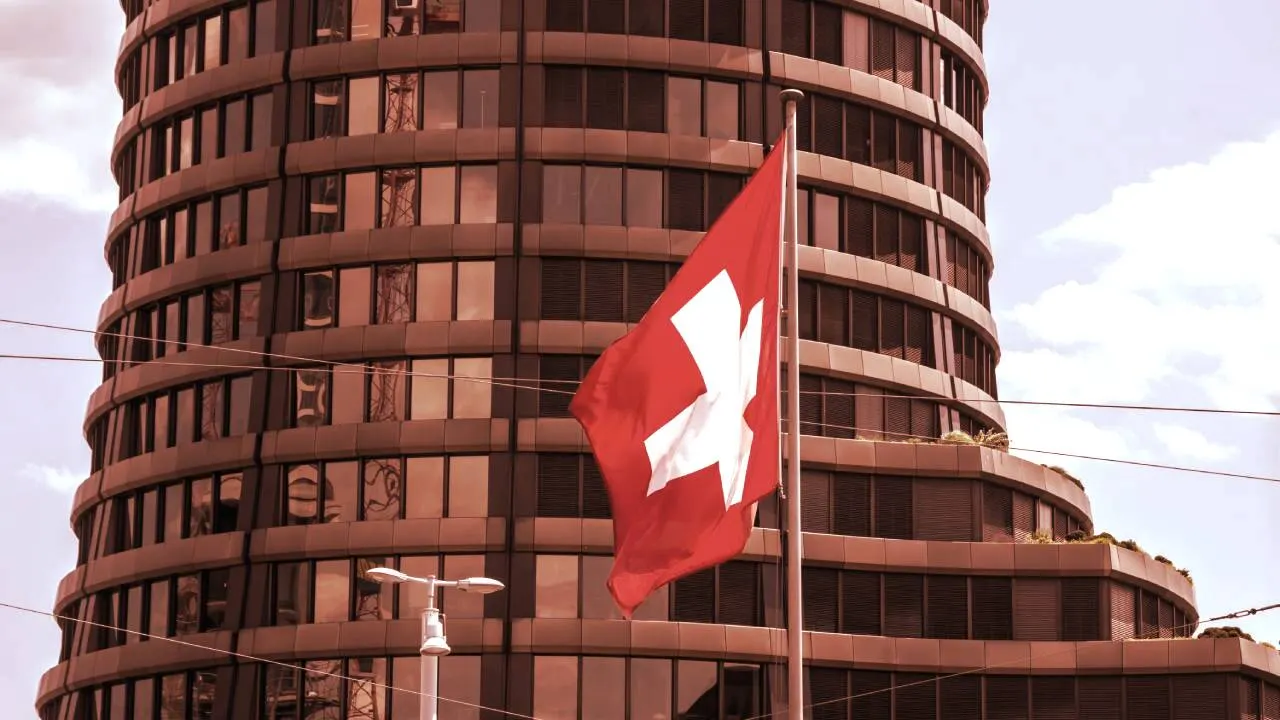The Bank for International Settlements (BIS) plans to sharpen its focus on stablecoins and Central Bank Digital Currencies (CBDCs) in 2023, with the goal of “improving payment systems” and “securing the financial sector,” according to its latest report.
Among its ambitions is Project Pyxtrial—an experiment launched by the Innovation Hub’s London Centre to help central banks systemically monitor stablecoins and their balance sheets.
“Most central banks lack tools to systemically monitor stablecoins and avoid asset-liability mismatches,” the BIS said. “The project will investigate various technological tools that may help supervisors and regulators to build policy frameworks based on integrated data.”
Stablecoins are cryptocurrencies value-pegged to assets that are usually stable in price such as fiat currencies, like the U.S. dollar. To maintain the peg, the stablecoin issuer is expected to maintain reserves of equal or greater value to the tokens they've distributed and offer constant dollar convertibility using those reserves.
Besides stablecoins, the BIS said that it is continuing to experiment with retail CBDCs for enabling cheaper cross-border payments. "Automated market makers for foreign exchange using CBDCs are also being explored,” it said.
Additional research is being deployed toward tools for monitoring financial markets in real-time, including cryptocurrencies and decentralized finance.
All eyes on stablecoins
With top stablecoins making up a $100 billion market, regulators are scrambling for an appropriate way to regulate the ecosystem as it becomes more entrenched with mainstream finance.
TerraUSD (UST), once the third largest stablecoin by market cap, collapsed due to design flaws last May. Its implosion kicked off a string of bankruptcies around the industry for months to come.
The largest stablecoin, Tether (USDT), is the market's oldest and is built much differently than Terra's UST.
Still, it faces frequent criticism for failing to provide a full audit of its reserves from a Big Four accounting firm. The firm's current auditor is BDO Italia and they execute attestations of Tether's reserves on a monthly basis.
Attestations from Tether and Circle, the second-largest stablecoin issuer behind USDC, suggest that their tokens are fully backed by reserves entirely comprised of cash and U.S. Treasuries.





